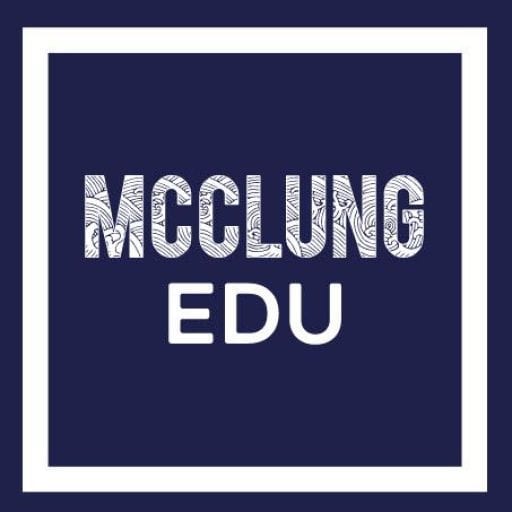Homemade Seismometers
On Monday of this week we continued our discussions about seismic waves by creating homemade seismometers. A seismometer is a device that measures motion in the earth; however, the seismometers that we created were designed to measure motion of a table (downscale). Our seismometers consisted of very simple materials that included a shoebox, paper, plastic…
Read More



